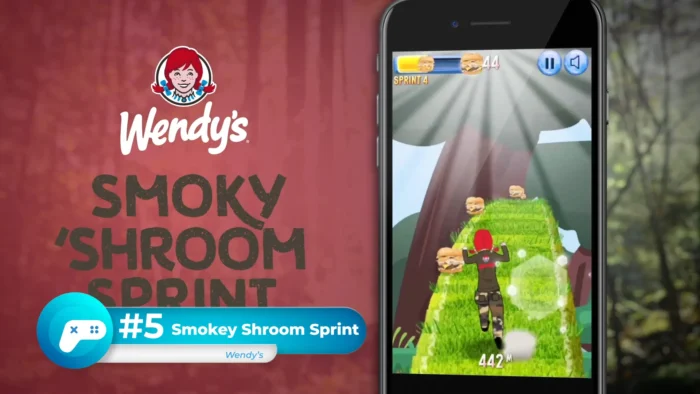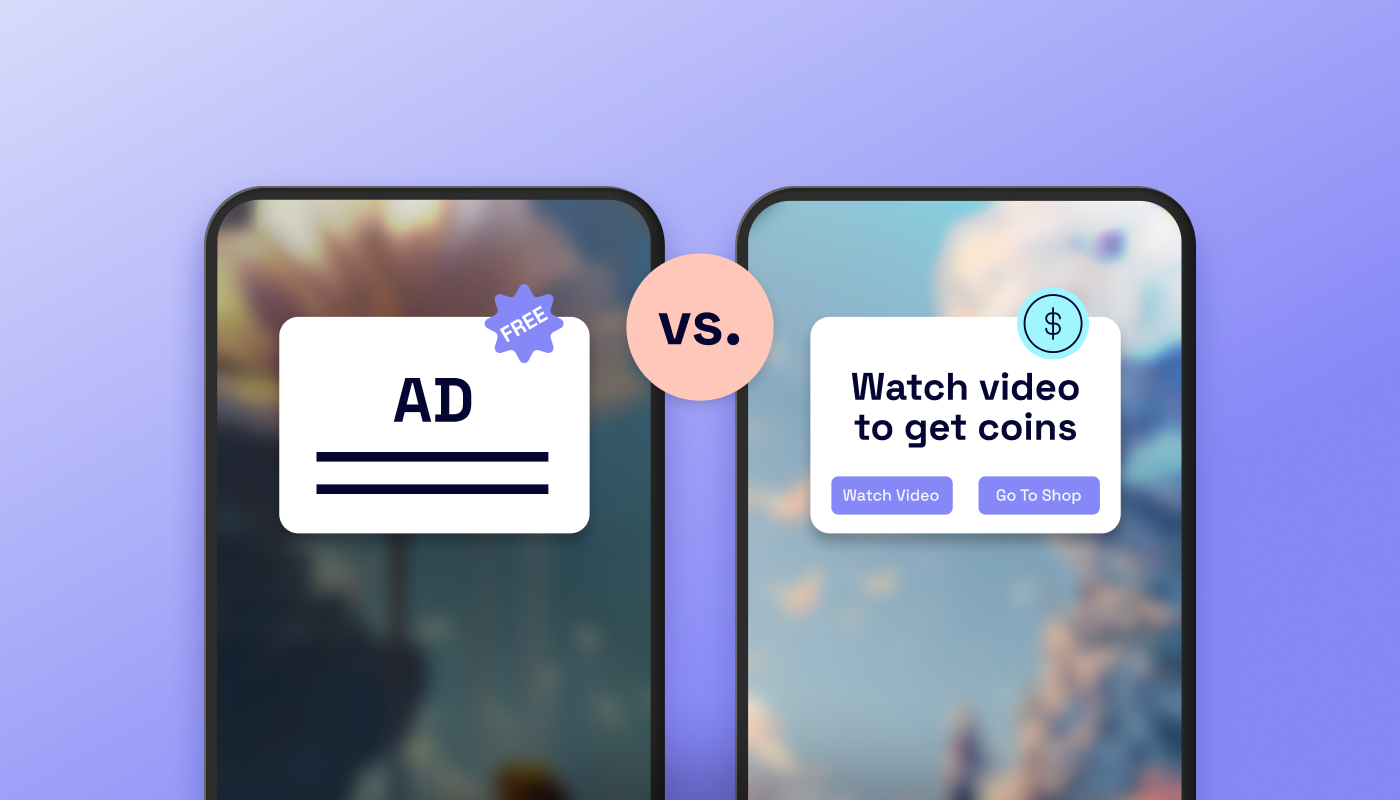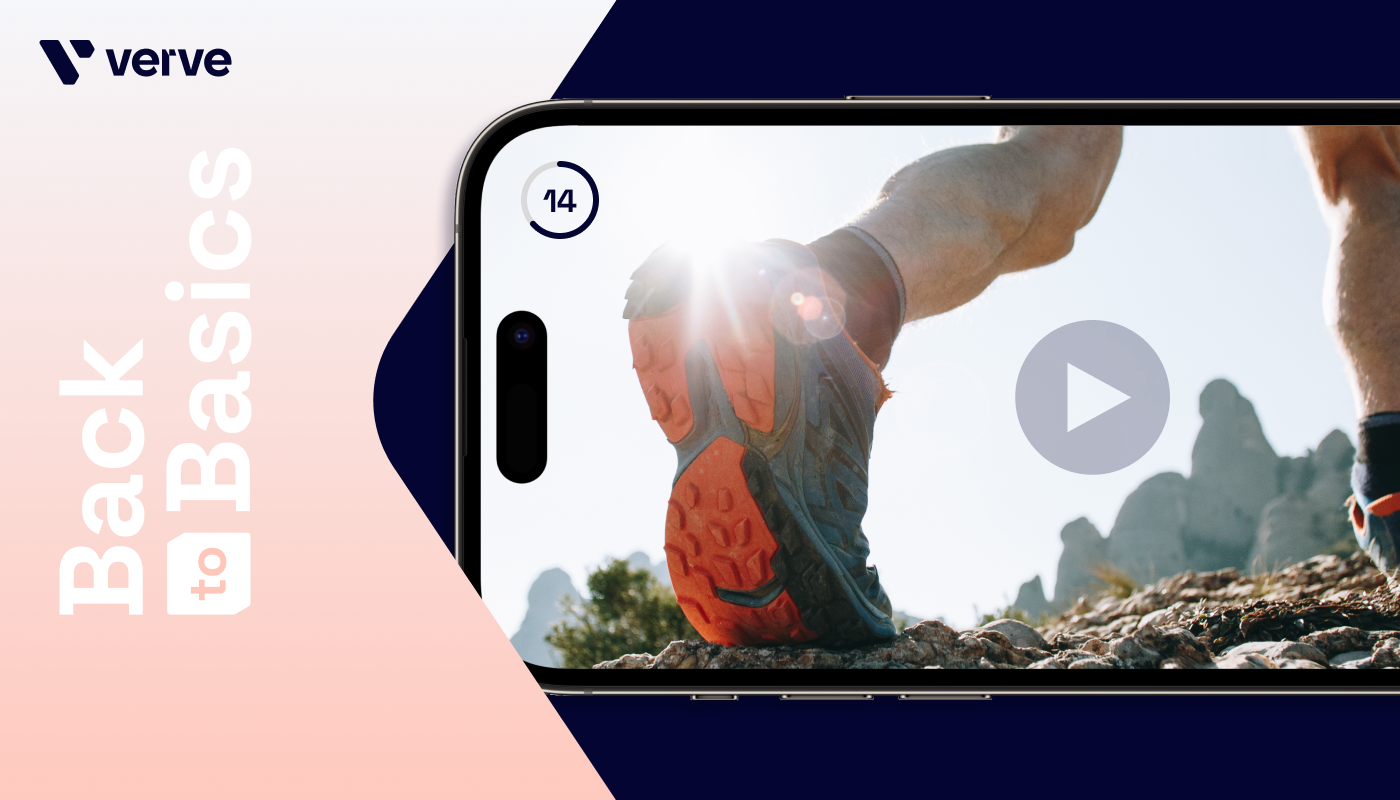In-game advertising has emerged as a powerful tool for brands to engage with a vast and diverse audience. With billions of mobile gamers worldwide, the potential reach is not just massive — it’s also incredibly varied, spanning age groups, geographies, and interests.
But beyond sheer scale, in-game ads offer something most digital formats can’t: the ability to show up in the middle of a fun time (without ruining it). When done right, in-game ads blend seamlessly into the experience. No pop-ups. No rage-quits.
For publishers, it’s a smart way to monetize without turning fun into frustration. For advertisers, it’s a golden opportunity to connect with audiences when they’re ready to engage. In this post, I’ll explore why in-game mobile ads are gaining momentum and how you can get in on the action.
What is in-game advertising?
In-game advertising refers to ad placements that are integrated directly into a game’s environment — think digital billboards on a racetrack or branded posters in a virtual cityscape. These formats are designed to blend in with the look and feel of the game, much like product placement in a movie. The result? Ads that don’t interrupt the experience, but feel like a natural part of the world players are already immersed in.
There are two main types of in-game mobile ads: static and dynamic.
Static in-game advertising
These are baked right into the game during development — the virtual version of set-it-and-forget-it.
Pros:
- Always visible, even without an internet connection
- Great for guaranteed impressions and consistent branding
- No risk of loading issues or display errors mid-play
Considerations:
Once it’s in the game, it’s really in the game. These ads can’t be swapped out, which means advertisers should pick timeless, brand-safe creatives that won’t feel dated a month down the road. Nobody wants to be stuck with a campaign promoting a long-gone product.
Dynamic in-game advertising
These ads are served in real time and can be swapped, updated, and targeted based on a player’s data or location.
Pros:
- Flexible and updatable, even after game launch
- Supports geo-targeting, age targeting, and even seasonal campaigns
- Allows publishers to monetize the same placement with different advertisers
- Perfect for promoting timely content (like a new movie release or holiday sale)
Considerations:
An internet connection is required, and ad delivery depends on proper integration and real-time bidding. But when done right, dynamic in-game ads can turn a static world into a highly responsive media channel.
Advergames
Advergames are games created in collaboration with a company or any corporate entity to promote a specific brand product (e.g., Wendy’s Smoky Shroom Sprint on both iOS and Android).

Benefits of in-game advertising
In-game ads offer unique advantages that make them an attractive option for advertisers.
Positive brand awareness
Whether it is static or dynamic, the in-gaming ad format revolves around smoothly blending inside the game while remaining realistic. This ad format is also visible from many angles, improving brand awareness. For example, in a football game, the ads that appear below the fans surrounding the field can not only be tailored to the gamer playing, but also appear consistently and from every angle.
High engagement
Gamers are known for their deep immersion and engagement. This focused attention means that well-placed ads can capture interest without being intrusive.
Diverse audience reach
The gaming community spans various demographics, including age, gender, and geography. This diversity enables brands to tailor their messages to specific segments, ensuring that ads resonate with the intended audience.
Best practices
To take advantage of the in-game advertising format, advertisers should be aware of exactly when and where these placements are going to appear for the players. The game category (racing, casual, open world) will make the difference between having a long text versus a one-sentence ad. A distant billboard on a racing game could make less of an impact as the user races past versus a branded car that they’re driving, which would be more front-and-center for the duration of the game. As a reminder: the ad placement should make the ad visible, not distracting.

Something else to keep in mind is the importance of contextual targeting. In order to be effective, the type of ad should also fit inside the game’s context. Not only in look and feel but also in content. For example, in a horror game, there should not be a flashy and cartoony ad that would break the user’s immersion in the gaming experience.
One challenge of this format is that they require additional technical resources to create. Furthermore, only a few tech providers have the capacity to make these ads clickable, and there is a limitation on distinguishing these ad formats from the rest in the bid request. So, it is essential to have a parameter indicating clearly that these are considered intrinsic.
Indeed, since the in-gaming format is usually provided by third-party technologies companies, they can often be considered “indirect,” not “O&O,” or even clash with existing direct supply. This provokes SPO challenges from the advertiser perspective. However, since this is a unique format that publishers themselves don’t have the possibility to implement, it is important for in-gaming publishers to pass a parameter indicating that these are indeed “in-gaming” bid requests. This transparency will highlight the value of the inventory while avoiding SPO clashes in the background.
A win-win for publishers and advertisers
In-game advertising is a smart way for publishers to monetize without compromising player experience, and for advertisers to reach engaged audiences where their attention is highest. Whether you’re looking to unlock new revenue streams or craft new campaigns, in-game ads offer a winning combination of immersion and performance. Ready to explore what’s possible? Get in touch. We’d love to help you level up.







